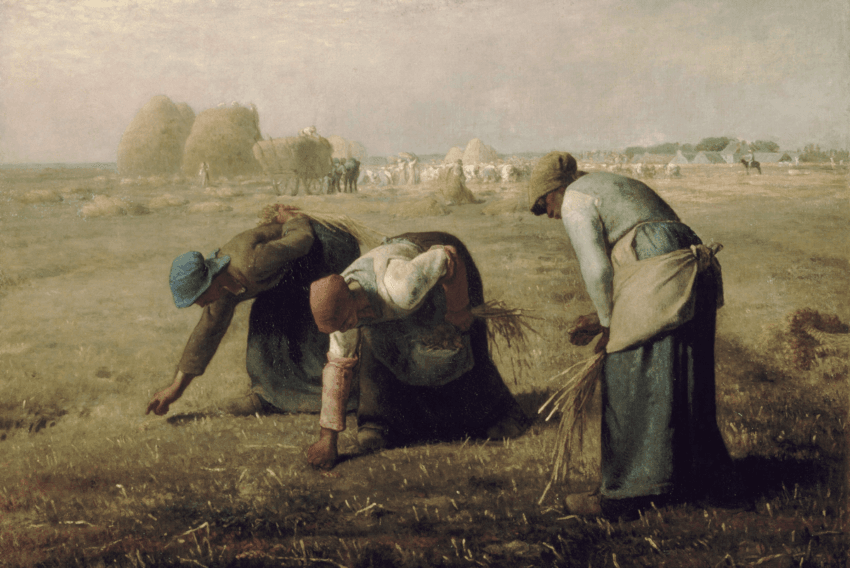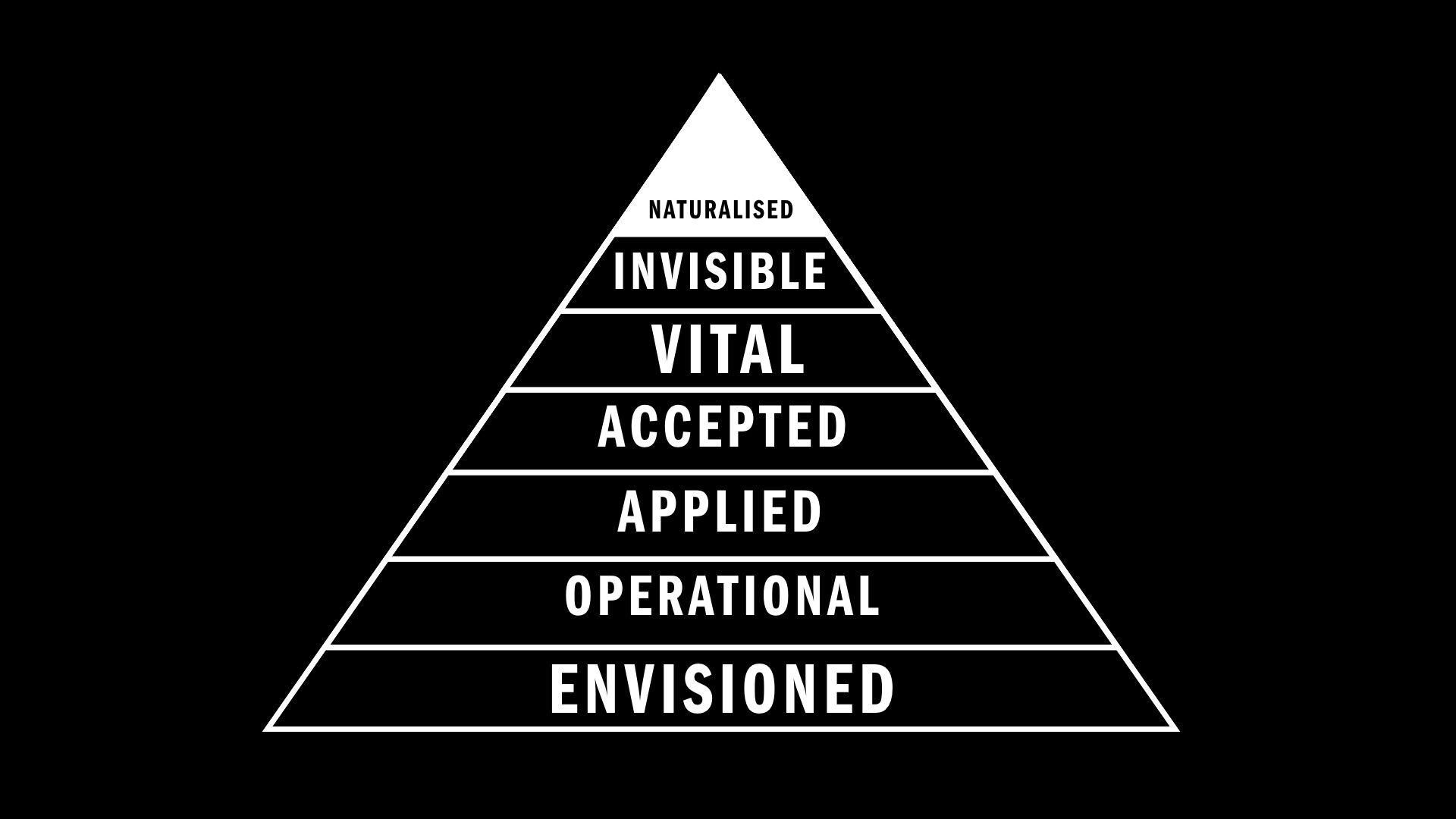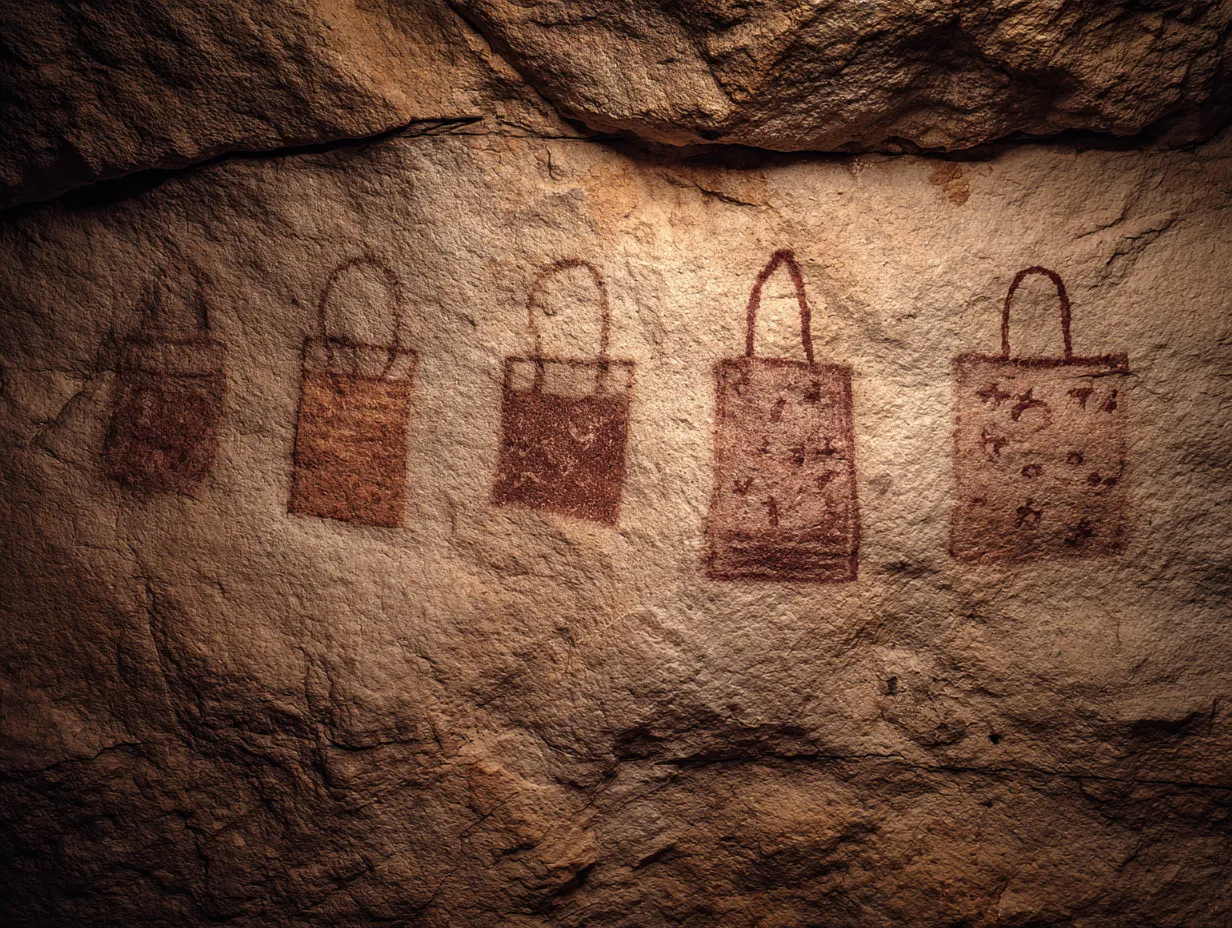When we think of prehistory, images of mammoth hunters with spears often come to mind. But what if survival relied less on the hunt and more on gathering seeds, berries, and fruits carried in a simple bag to bring home?
In the collective imagination, prehistory is often filled with scenes of battles against giant animals, the discovery of fire, and the drama of spears, arrows, blood, and meat. However, if we look more closely, perhaps there was a technology that came even earlier: the bag, or more broadly, the container.
The origin of gathering
Imagine going on a hike and finding a patch of delicious berries. No matter how big your hands are, or how quickly you can pick them, you can only carry a few handfuls at most. Knives, axes, or scissors might help you cut the branches, but if you want to bring the berries home to enjoy in a more relaxed setting, or even save them for the next morning, you need a bag or a basket.
This is the idea explored by American author Ursula K. Le Guin in her 1986 essay The Carrier Bag Theory of Fiction. In it, Le Guin explains that the first cultural device was probably a container and some kind of sling to transport it. Her concept expands to include larger and smaller inventions that serve to hold: a bottle for liquids, a box for materials, or a leaf to wrap food.

The foggy summit
Through the ‘Pyramid of Technology’ model, Koert van Mensvoort describes the different levels at which technologies operate in society. At the highest level, the ‘foggy summit,’ technologies have become such unconscious parts of our lives that we hardly notice them anymore. These range from cooking and clothing to agriculture and, in this case, containers. Over time, they have become naturalized, shaping our human identity and making us take for granted inventions such as pockets, closets, drawers, and backpacks.
Rather than directing energy outward, these tools draw it inward. When the fog clears from the summit and we reconsider our surroundings, the house transforms into a container for people, and the book becomes a container of words. It is within this context that we may begin to recognize the significance of the bag.

Relevance nowadays
Bags continue to surround our lives: backpacks, gym bags, purses, suitcases, and bike baskets. Our daily routines rely on containers to transport and hold, enabling us to keep creating new ‘bags’ that shape our lives. Just take a look at Coperni’s cloudy air bag for its FW24 show, made out of NASA’s silica aerogel. Speaking of clouds: the cloud we use every day is essentially a remote, virtual container where we store our data for later.

Maintaining, caring for, and transporting information in the form of knowledge has brought us to where we are today, highlighting its enduring importance. It is the things we carry and share with others, the things that persist over time. Evolution is not only a history of triumphs and tragedies, but also a history full of people caring for and protecting their cultural carrier bags.
Are we becoming dependent without realizing it?
These technologies often operate under the radar, and we may be relying on them more than we think. What happens when all our knowledge lives in the cloud? When content sits in these seemingly stable yet corporate-controlled containers, we risk forgetting about the alternatives. All our photos, files, music, messages, and other digital content could, in a sense, be at risk of disappearing.
Books and universities, however, will still be there if the cloud rips apart. With that in mind, although working with this abstract digital container is very convenient, the things we truly care about deserve a safer, more special place.


Comments (0)
Share your thoughts and join the technology debate!
No comments yet
Be the first to share your thoughts!